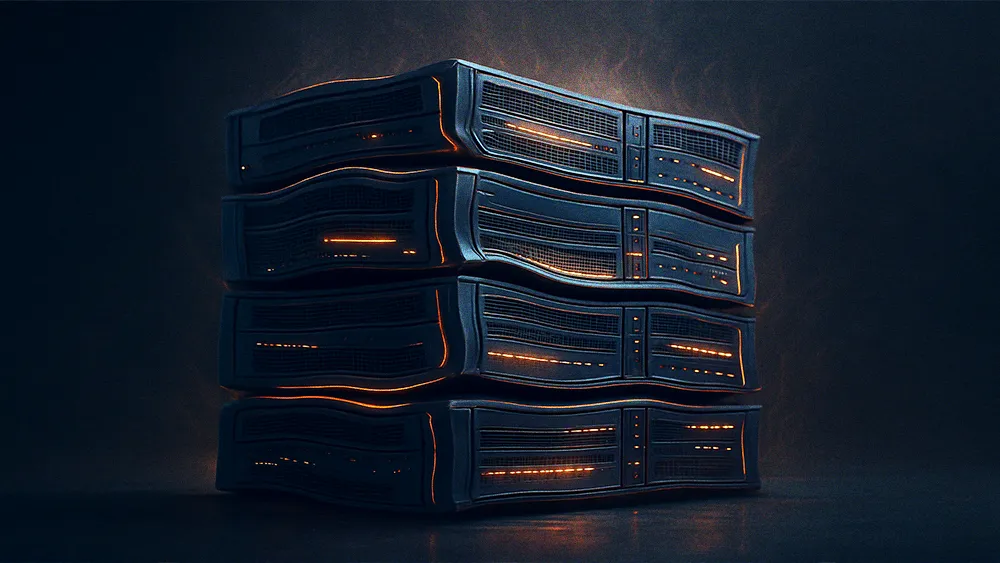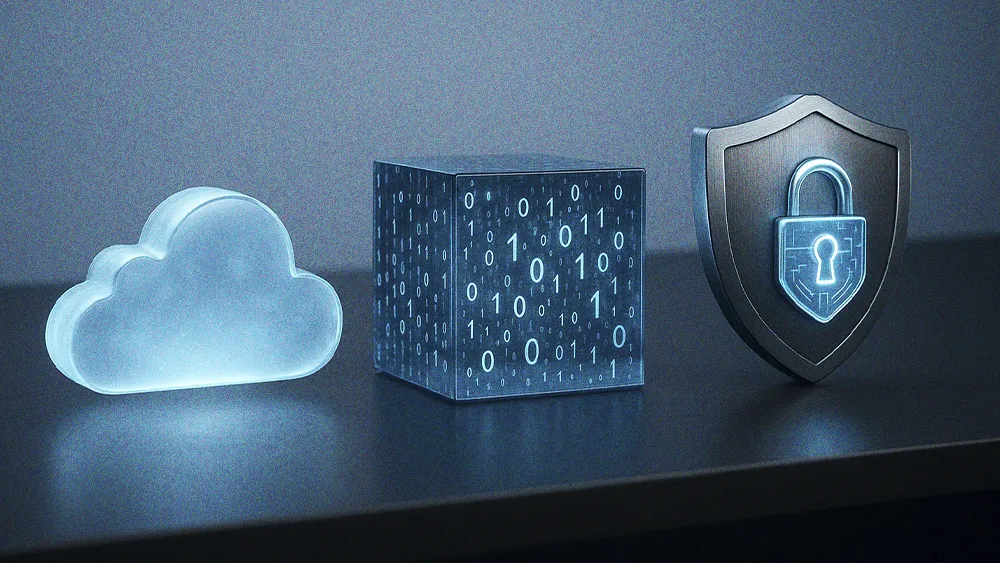
Key Points
- The global market for data center energy storage is projected to grow to $2.5 billion by 2030, driven by the increasing energy demands of AI and cloud computing.
- Data centers are shifting from traditional lead-acid batteries to more efficient lithium-ion systems to meet demands for longer lifespans and faster charging.
- Major cloud providers like Google and Microsoft are integrating large-scale battery systems to support renewable energy use and achieve sustainability targets.
The global market for data center energy storage is projected to swell to $2.5 billion by 2030, a significant jump from today’s $1.6 billion, according to a new report from ResearchAndMarkets.com. The growth is a direct response to the relentless energy demands of AI and cloud computing, forcing a fundamental rethink of how the internet's engine rooms stay powered.
Shedding the dead weight: The boom is sparking a migration away from traditional, bulky lead-acid batteries toward more advanced lithium-ion (Li-ion) systems. The move to Li-ion delivers a longer lifespan and faster charging in a smaller package. For modern data centers, those advantages easily justify the higher upfront cost.
A greener grid: Sustainability goals are also a major driver, with cloud giants like Google, Microsoft, and Amazon leading the charge. They are integrating massive battery systems to absorb renewable energy and meet carbon-neutral targets, hoarding cheap solar or wind power for deployment during peak hours—a strategy that cuts their dependence on the grid.
The AI energy equation: The AI explosion is completely reshaping energy priorities, according to a recent industry survey. The report found AI's biggest impacts are the demand for greater efficiency and more power packed into a smaller footprint. In response, nearly nine out of ten industry professionals expect a move toward custom-built power solutions designed for AI's punishing workloads.
As AI becomes more central to the global economy, the underlying power infrastructure is no longer a background utility but a critical competitive battleground. The race is on not just for computing power, but for the sustainable and reliable electricity needed to run it.
The wider view: Beyond just storage, the conversation around data center efficiency is expanding. The industry is also placing a heavy emphasis on related topics like the role of energy-efficient cooling systems to manage the intense heat generated by next-generation processors.

.svg)




